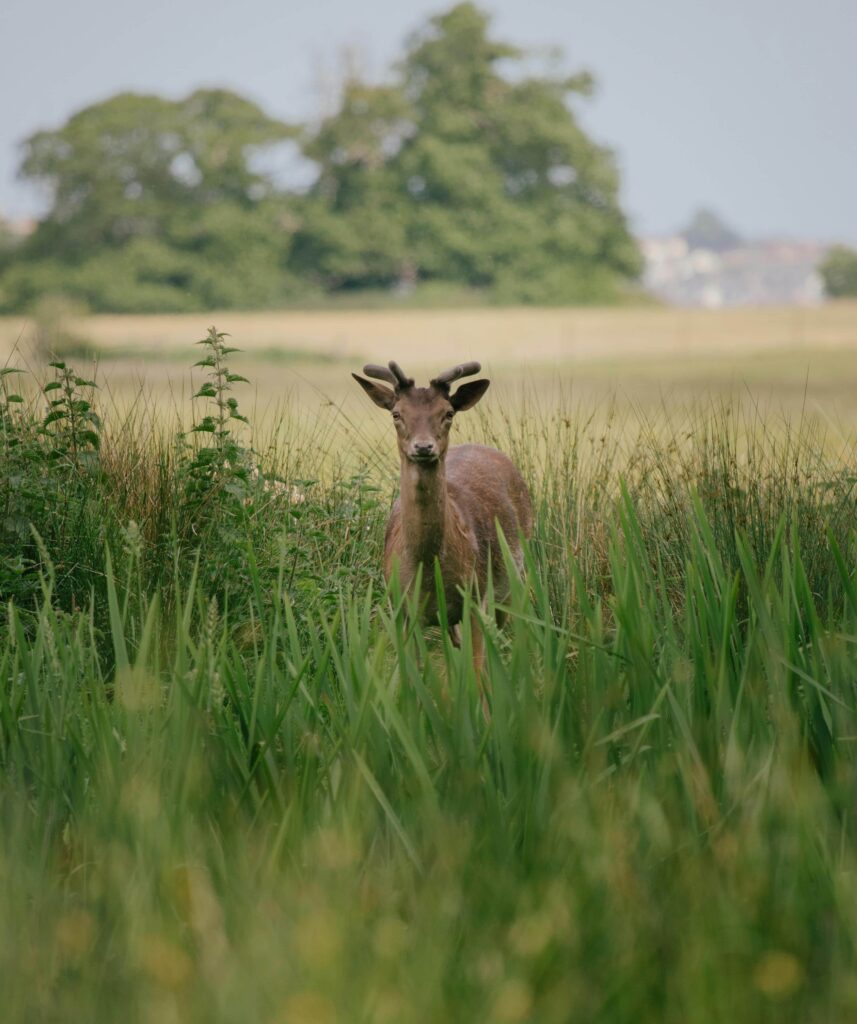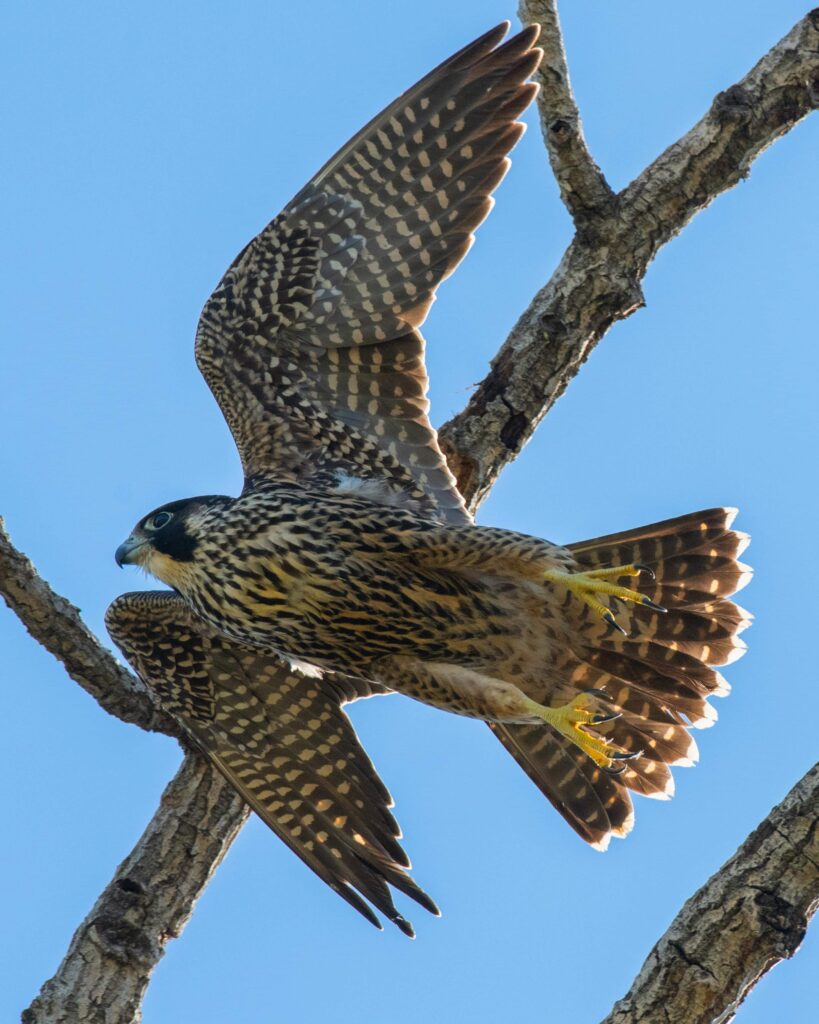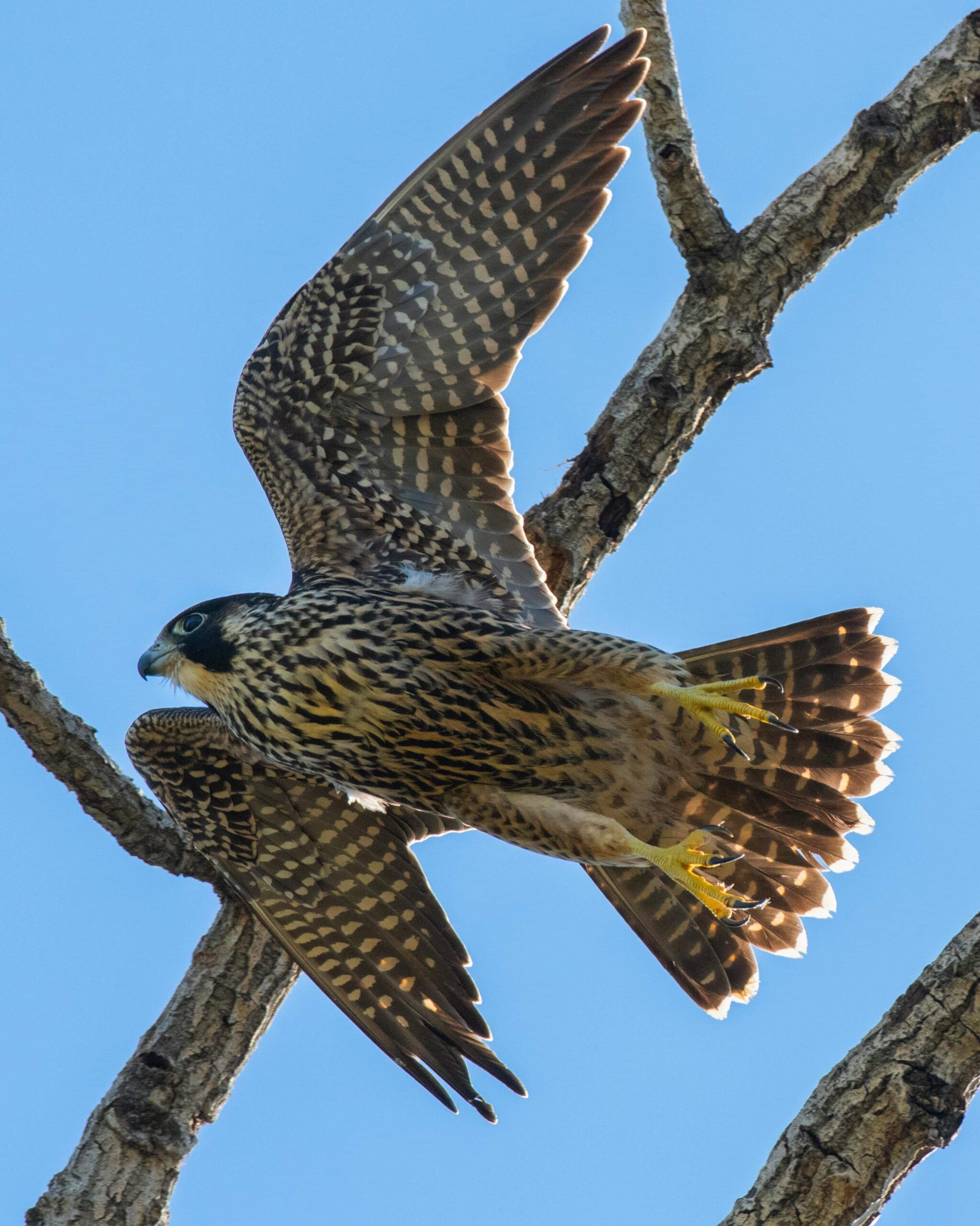Introduction:
Britain’s diverse landscapes offer a haven for an array of captivating wildlife, from majestic birds soaring overhead to elusive mammals roaming ancient forests. Exploring the rich tapestry of British wildlife provides an opportunity to connect with nature in its purest form.

In this article, we embark on a journey to discover some of the most fascinating animals and birds that call Britain home, delving into their habitats, behaviors, and the best ways for travelers to experience these wildlife wonders up close.
- Red Deer in the Scottish Highlands:
The Scottish Highlands are renowned for their rugged beauty and abundant wildlife, none more iconic than the majestic red deer. These magnificent creatures roam freely across the moors and mountains, their imposing antlers silhouetted against the dramatic landscape. The rutting season, typically in autumn, offers a prime opportunity to witness the spectacle of red deer stags competing for dominance. Guided wildlife tours and deer stalking experiences provide a chance to observe these magnificent animals in their natural habitat while learning about their behavior and conservation efforts to protect their populations. - Puffins on Skomer Island:
Off the coast of Pembrokeshire in Wales lies Skomer Island, a sanctuary for seabirds and home to one of Britain’s most beloved avian species—the puffin. Each spring, thousands of puffins return to the island to breed, forming bustling colonies on the rugged cliffs. Visitors can embark on boat trips to Skomer during the breeding season, where they can witness puffins up close as they go about their daily activities, from nesting and feeding to the iconic “puffling parade” as fledglings take their first wobbly steps towards the sea. Photography enthusiasts will delight in capturing these charismatic birds against the backdrop of the island’s stunning scenery. - Red Squirrels in the Isle of Wight:
The Isle of Wight off the south coast of England is a haven for wildlife, including the endearing red squirrel. With their tufted ears and bushy tails, red squirrels are an iconic symbol of British woodland habitats. The Isle of Wight is one of the few places in England where red squirrels still thrive, thanks to conservation efforts to protect their native habitats and control the spread of invasive gray squirrels. Visitors can explore nature reserves such as Borthwood Copse, where they may be lucky enough to spot these agile creatures darting among the trees in search of food. Guided walks and wildlife talks provide insights into the ecology of red squirrels and the importance of preserving their fragile populations.cruise - Bottlenose Dolphins in the Moray Firth:
The Moray Firth in Scotland is renowned for its population of bottlenose dolphins, one of the largest and most northerly resident groups in the world. These intelligent marine mammals can often be spotted close to the shore, delighting onlookers with their acrobatic displays and playful behavior. Boat trips from coastal towns such as Inverness and Cromarty offer the chance to observe dolphins in their natural habitat, with expert guides providing commentary on their behavior, social structure, and the conservation challenges they face. Conservation initiatives such as the Scottish Dolphin Centre work to protect the Moray Firth dolphins and raise awareness of the importance of preserving their marine environment. - Peregrine Falcons in Urban Landscapes:
Despite being renowned as the fastest animals on the planet, peregrine falcons have adapted surprisingly well to urban environments, nesting on skyscrapers and cathedral spires in cities across Britain. These formidable predators can be observed swooping through the skies in pursuit of prey, their distinctive silhouette a symbol of wilderness thriving amidst urban sprawl. Cities such as London, Manchester, and Bristol have established peregrine watchpoints and guided walks, allowing visitors to witness these awe-inspiring birds up close while learning about their remarkable hunting techniques and the challenges they face from habitat loss and persecution.
Conclusion:

Exploring Britain’s wildlife wonders offers a glimpse into the rich tapestry of life that thrives across its diverse landscapes. Whether observing red deer in the Scottish Highlands, puffins on Skomer Island, or red squirrels on the Isle of Wight, each encounter provides a deeper appreciation for the natural world and the importance of conservation efforts to protect these precious species and their habitats. By immersing ourselves in the beauty of Britain’s wildlife, we forge a connection that transcends boundaries and inspires us to become stewards of the earth for generations to come.




